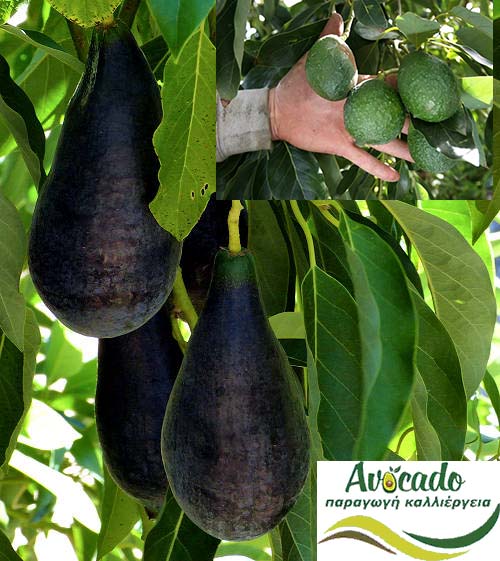Irrigation watering avocado – Salinity of water

Avocado trees are generally demanding in terms of their need for water and the quality of irrigation water.
The critical stages of avocado, in terms of irrigation needs, are:
• The flowering & fruiting period.
• The period of fruit formation & development.
• The ripening period of the fruits in order to avoid fruit fall.
Water containing chlorine salts less than 100 ppm (mg / l) is considered suitable for avocado irrigation.
For new plantations, the average daily summer irrigation needs are set at 4-8 liters per tree in the first year and 80-150 liters per tree in the fourth year.
The lower and upper limits of the quantities necessary for the rational use of irrigation water in the developed trees are set at 600 to 700 sq.m. / acre / year. Short intervals of irrigation positively affect the size of the fruit and increase the concentration of oils in the fruit.
About salinity
All water contains salts (macro or micro-nutrients) and possibly some other substances, which can be toxic to plants especially young avocado plants. However, salts, when present in high concentrations, can cause serious problems for plants – avocado trees and the soil and the environment in general.
The problems that can cause them are: a) salinity of the soil, b) degradation of the physical properties of the soil, such as its structure, permeability and especially its permeability, and c) addition of various amounts of toxic elements to the detriment of the soil and of avocado plants.
Given the possible consequences of the use of irrigation water, it becomes necessary to carefully control its quality before or used for irrigation purposes especially for avocado crops.
Thus, many problems can be prevented, which could have adverse effects on crops and soil as well as on the Agricultural Economy and the environment in general.
The characteristics of avocado irrigation water that determine its quality are:
(a) the total salt concentration, ie the salinity;
b) the content of Na in relation to that of Ca and Mg,
c) the anionic composition of water with respect to HCO3, CO3
(d) the concentration of boron, chlorine and other elements with a potentially toxic effect on plants; and
(e) the values of the parameters determined on the basis of the values of the cations (SAR) or anions. SAR or Na + adsorption ratio
